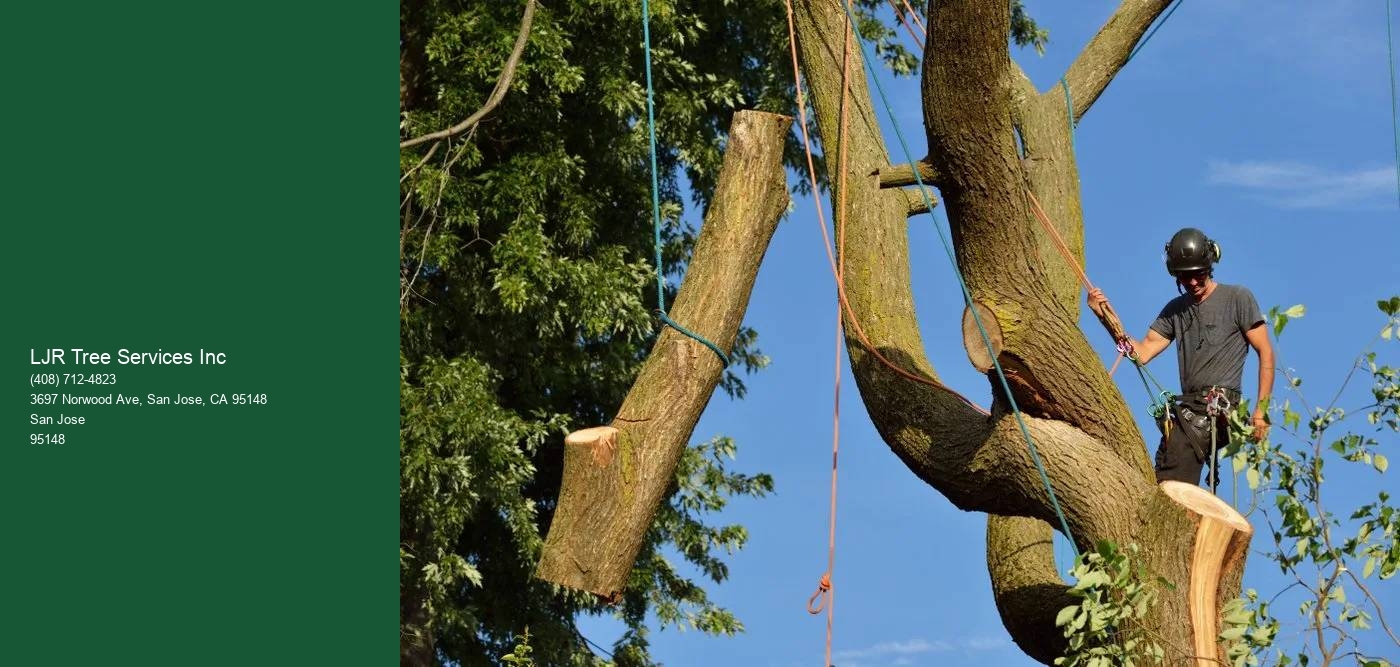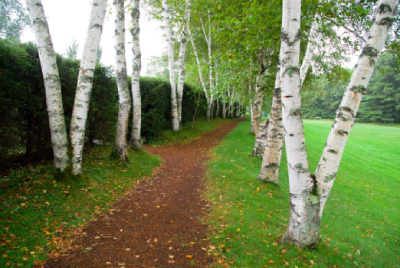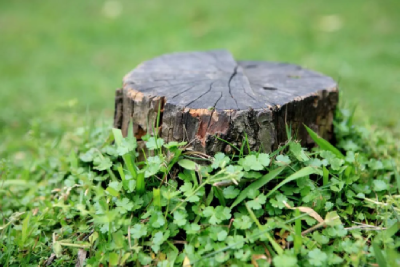

The Planning Process: Site Assessment: Certified arborists conduct a thorough evaluation of the site, considering factors such as soil composition, tree species, and overall health. This initial step sets the foundation for a tailored preservation plan.
Risk Analysis: Identifying potential risks to trees, be it from diseases, pests, or structural issues, is a crucial aspect of preservation planning. This involves a meticulous examination of each tree's condition and surroundings.
Strategic Pruning: Proper pruning is an art that certified arborists master. It involves selectively removing branches to enhance a tree's structure, health, and aesthetic appeal. Strategic pruning can mitigate risks and stimulate healthy growth.
Disease Prevention and Management: With a deep understanding of tree diseases and pests, certified arborists implement preventive measures and manage existing issues. This not only protects individual trees but also prevents the spread of diseases within the ecosystem.
Long-Term Maintenance Plan: Tree Preservation Planning is not a one-time endeavor. Certified arborists devise long-term maintenance plans, including periodic inspections, pruning schedules, and necessary treatments to ensure sustained health and vitality.
Challenges and Solutions: While the benefits of Tree Preservation Planning are undeniable, challenges may arise, especially in urban settings with competing interests. Certified arborists navigate these challenges by collaborating with urban planners, developers, and community stakeholders to balance development and preservation.
In the ever-evolving urban development landscape, Tree Preservation Planning stands as a beacon of sustainable coexistence. Armed with knowledge and passion, certified arborists play a pivotal role in ensuring that our leafy companions thrive amidst concrete jungles. By embracing the art and science of tree preservation, we safeguard the environment and leave a lasting legacy for generations to come.
Choosing the right arborist can be a daunting task in the delicate balance of maintaining the health and longevity of your cherished trees. The market is flooded with options, but the critical distinction between Certified and Non-certified arborists poses a challenge. Entrusting your trees to an under qualified professional may lead to irreversible damage, putting your property and the environment at risk.
Picture the aftermath – poorly executed tree care, misdiagnosed health issues, and the looming threat of hazardous trees. Non-certified arborists may lack the expertise needed for accurate risk assessments and strategic preservation planning, potentially jeopardizing the very essence of your outdoor space.


Residential Tree Care Tips For A Healthy Landscape - The Art of Residential Tree Care: A Guide to a Lush Environment
In residential landscapes, trees play a pivotal role beyond their aesthetic appeal. Trees contribute significantly to the environment's well-being beyond providing shade and enhancing the overall beauty of our surroundings. The importance of trees in residential landscapes cannot be overstated, as they improve air quality, provide habitat for wildlife, and contribute to the overall ecological balance. Recognizing this, the purpose of residential tree care extends beyond mere aesthetics; it becomes a responsibility to nurture and sustain these vital elements of nature. This blog delves into the essential aspects of residential tree care, emphasizing the symbiotic relationship between homeowners and their leafy companions.
Benefits of Residential Trees - In the heart of our neighborhoods, residential trees are not merely decorative elements; they are silent guardians, bestowing an array of benefits upon homeowners and the environment. As we stroll through the green canopies, we must recognize the manifold advantages these leafy companions bring to our lives. In this blog, we unveil the profound benefits of residential trees, from environmental impact to enhancing our overall well-being.
Environmental Impact: Residential trees are unsung heroes in the battle against environmental challenges. Through photosynthesis, they absorb carbon dioxide and release life-enabling oxygen, mitigating the effects of climate change. Their presence helps combat air pollution, acting as natural air purifiers.
Aesthetic Value: Beyond their environmental role, residential trees contribute to the visual appeal of our neighborhoods. With diverse shapes, sizes, and colors, they create a picturesque landscape that fosters a sense of tranquility and beauty. Well-maintained trees enhance the overall aesthetics of the community.
Property Value Enhancement: Homes adorned with mature and well-cared-for trees enjoy a boost in property value. The curb appeal they provide can make a lasting impression on potential buyers. Trees add a touch of luxury to the property and contribute to energy efficiency by providing shade and reducing cooling costs.


Psychological Well-being: The presence of trees has a profound impact on our mental health. Access to green spaces has been linked to reduced stress, anxiety, and depression. Residential areas with abundant trees create a peaceful environment, fostering a connection with nature and promoting overall well-being.
Wildlife Habitat: Residential trees serve as vital habitats for various wildlife species. Birds, squirrels, and insects find shelter, food, and breeding grounds in the branches and foliage. By nurturing trees, homeowners indirectly contribute to preserving biodiversity in their local ecosystems.
Temperature Regulation: Trees release moisture into the air through transpiration, contributing to local humidity levels. This natural cooling effect helps regulate temperatures in residential areas, providing relief during hot summer months and reducing the urban heat island effect.
Residential trees are not just embellishments in our neighborhoods but indispensable contributors to a harmonious and sustainable living environment. As we bask in the shade of their branches and appreciate their beauty, let us also acknowledge and celebrate the myriad benefits they bring into our lives, making our homes greener, healthier, and more vibrant.
Watering Strategies For Healthy Trees: As custodians of our green companions, it's our responsibility to ensure that the trees in our residential landscapes thrive and flourish. One of the fundamental aspects of tree care revolves around proper watering techniques. In this blog, we explore effective watering strategies that contribute to the vitality and longevity of your trees. From understanding the water needs of different tree species to mastering the art of timing, let's embark on a journey to nurture nature and foster a canopy of healthy, happy trees.
Know Your Trees - Different tree species have varying water requirements. Before establishing a watering routine, familiarize yourself with the specific needs of the trees in your landscape. Native species may have adapted to local conditions, while non-native ones might need extra attention.
